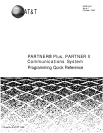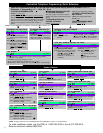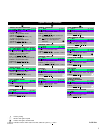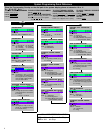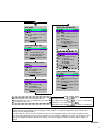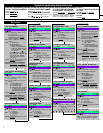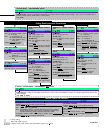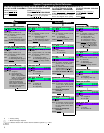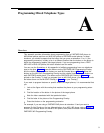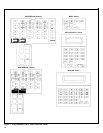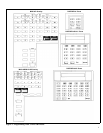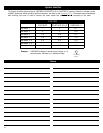
Programming Mixed Telephone Types
A
Overview
This appendix provides information about programming from a PARTNER-34D phone to
MLS-model phones and from an MLS-34D phone to PARTNER-model phones. In these
situations, you should be aware that the button that you press at extension 10 or 11 (the
programming extension) is likely to be in a different location than the button on the phone to
which the programming applies (the target phone). If you are programming from a PART-
NER-18D or MLS-18D phone, the button locations are the same.
You can use the illustrations in this appendix to facilitate programming from one telephone
type to the other. Figure 1 shows the buttons on the PARTNER-34D Programming Overlay
and the relative location of those buttons on each MLS-model phone. Figure 2 shows the
buttons on the MLS-34D Programming Overlay and the relative location of those buttons on
each PARTNER-model phone. (The letters on the PARTNER-34D Overlay in Figure 1 are
printed on the Overlay. To help you program from an MLS-34D phone, you may want to write
the letters shown on the MLS-34D Overlay in Figure 2 on your Overlay.)
If you want to program features on specific buttons at target phones, it is recommended that
you:
1.
Look at the figure with the overlay that matches the phone at your programming exten-
sion.
2.
Find the location of the button in the picture of the target phone.
3.
Note the letter associated with that particular button.
4.
Find the letter in the picture of the Programming Overlay.
5.
Press that button on the programming extension.
For example, if you are using a PARTNER-34D phone at extension 10 and you want to
program Do Not Disturb on the top, leftmost button of an MLS-18D phone: refer to Figure 1;
find the top, leftmost button on the MLS-18D phone; then press the button labeled M on the
PARTNER-34D Programming Overlay.
9



